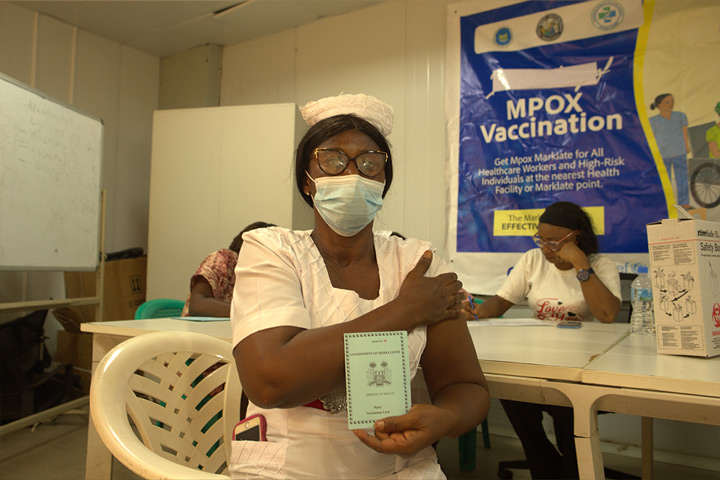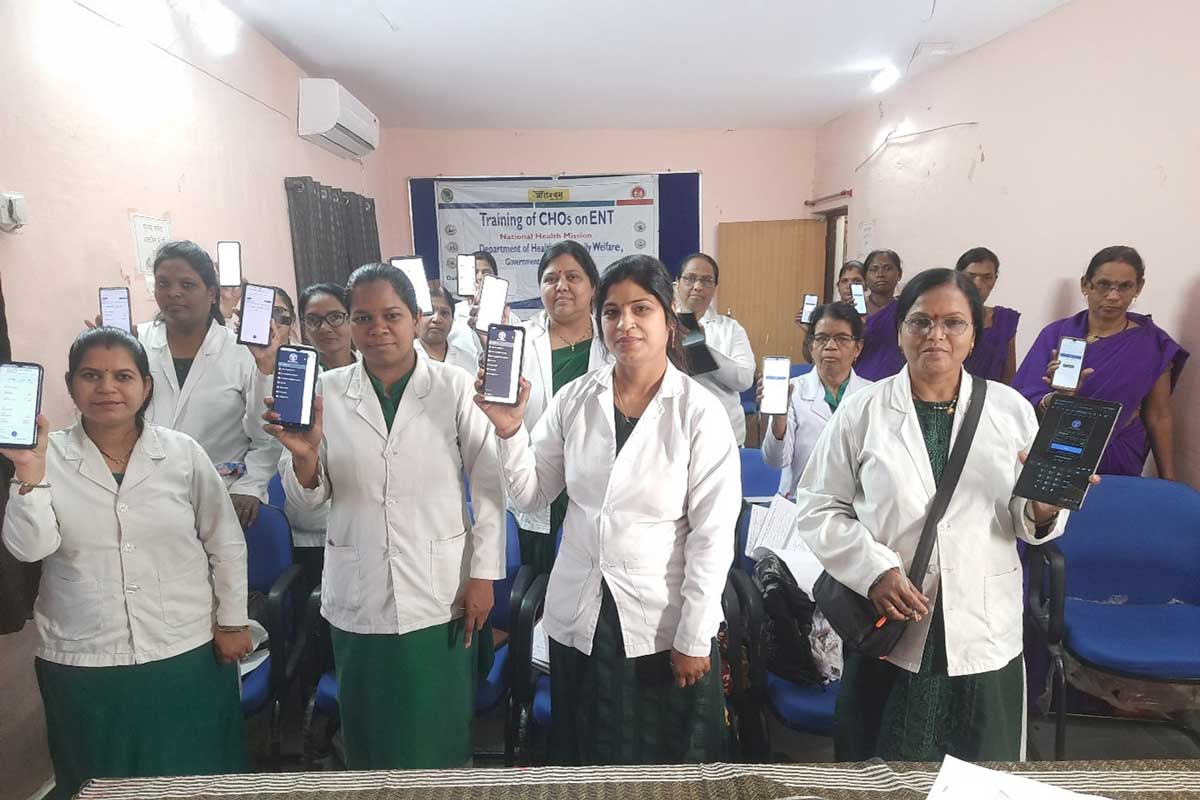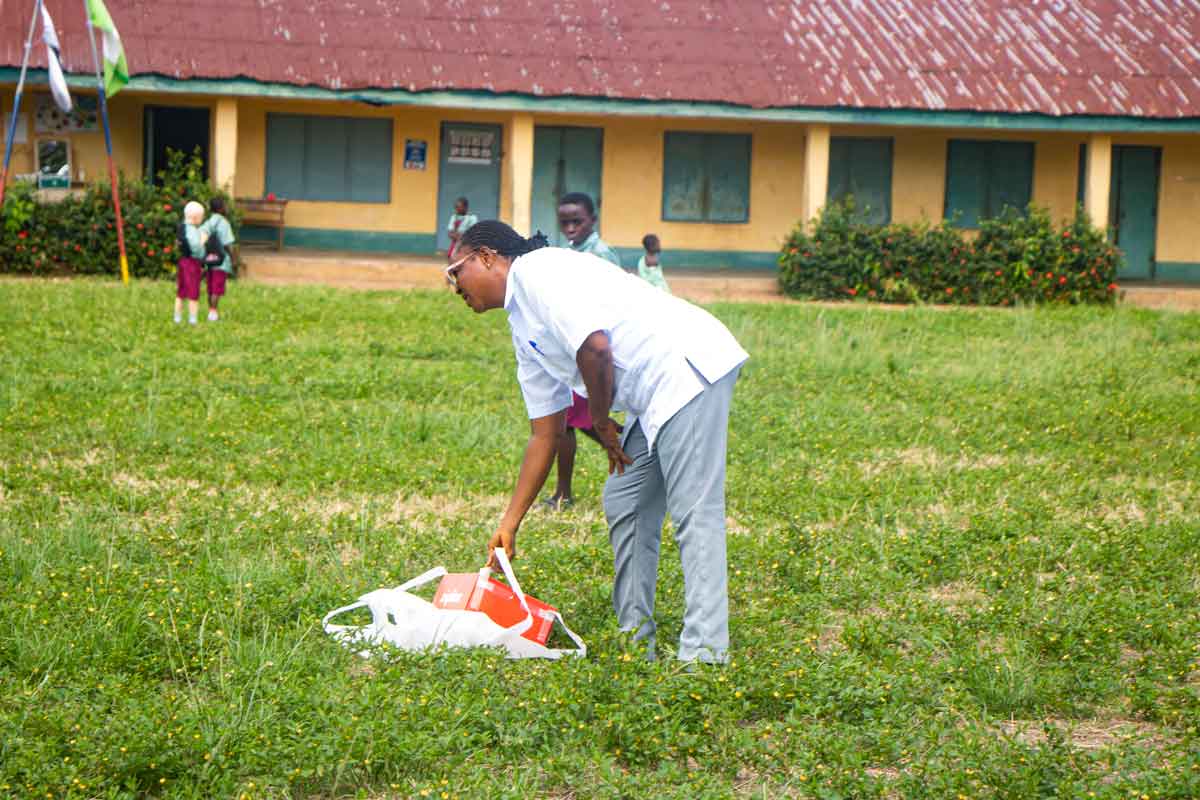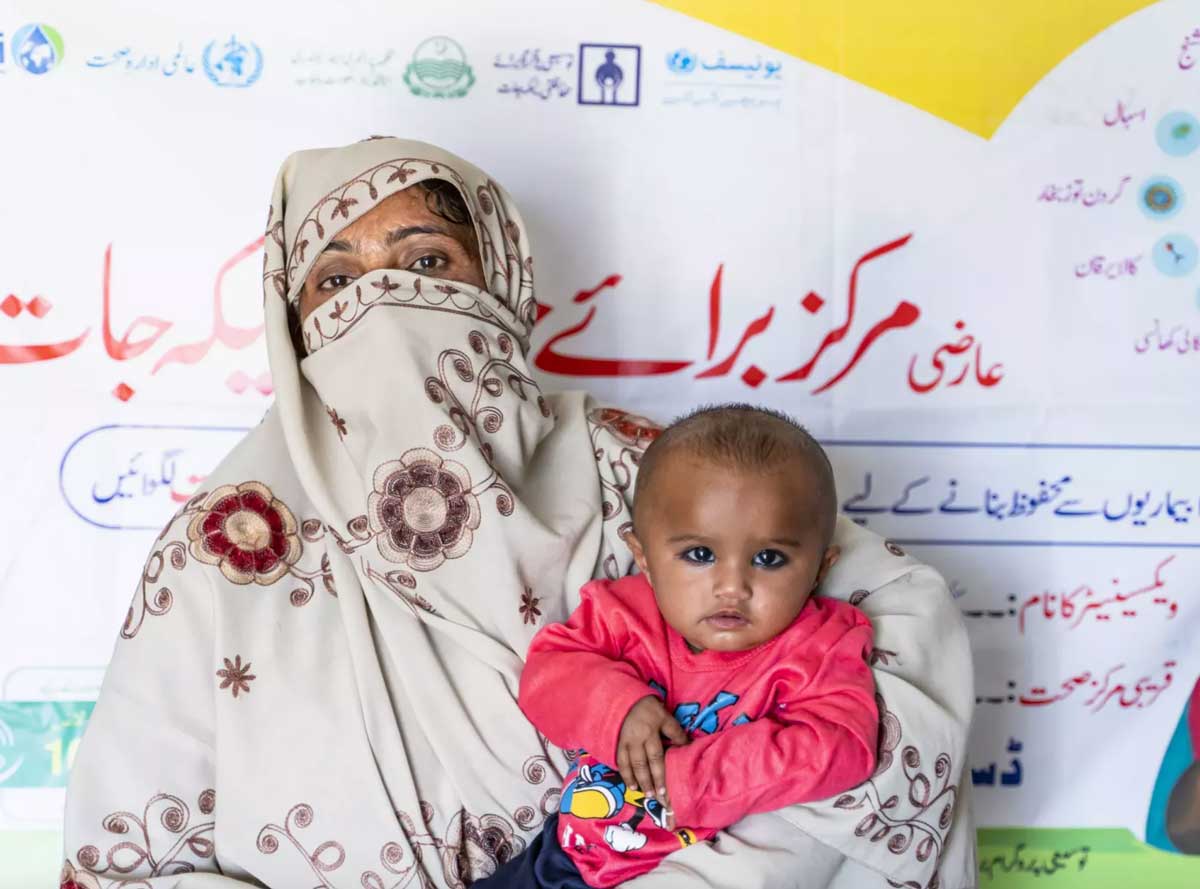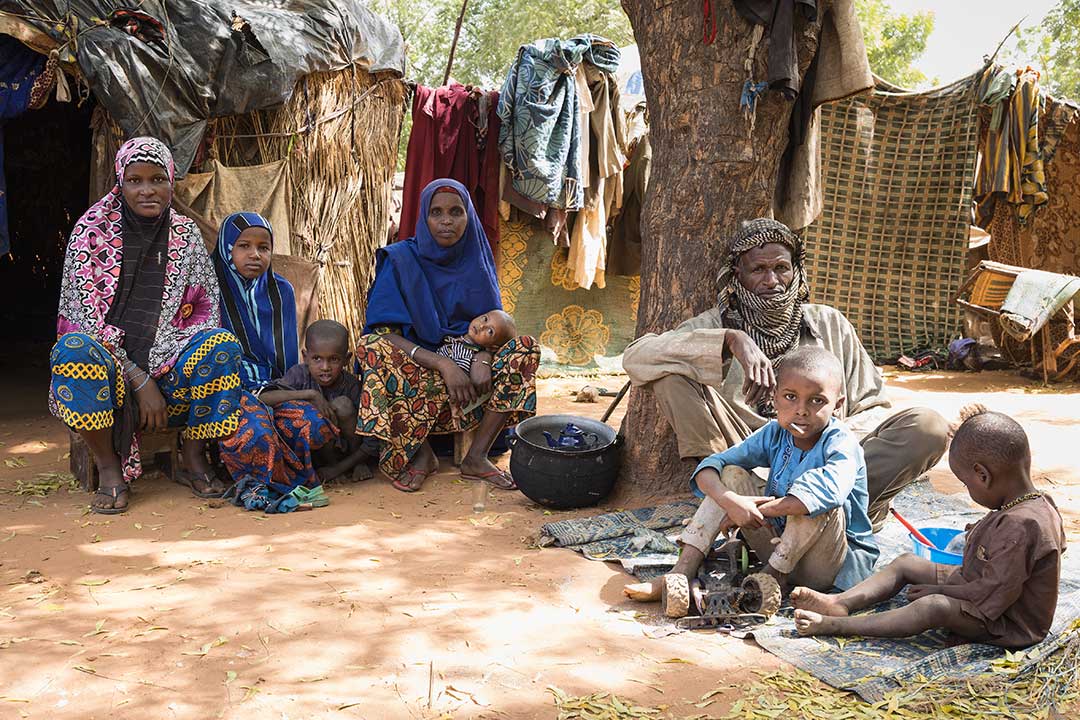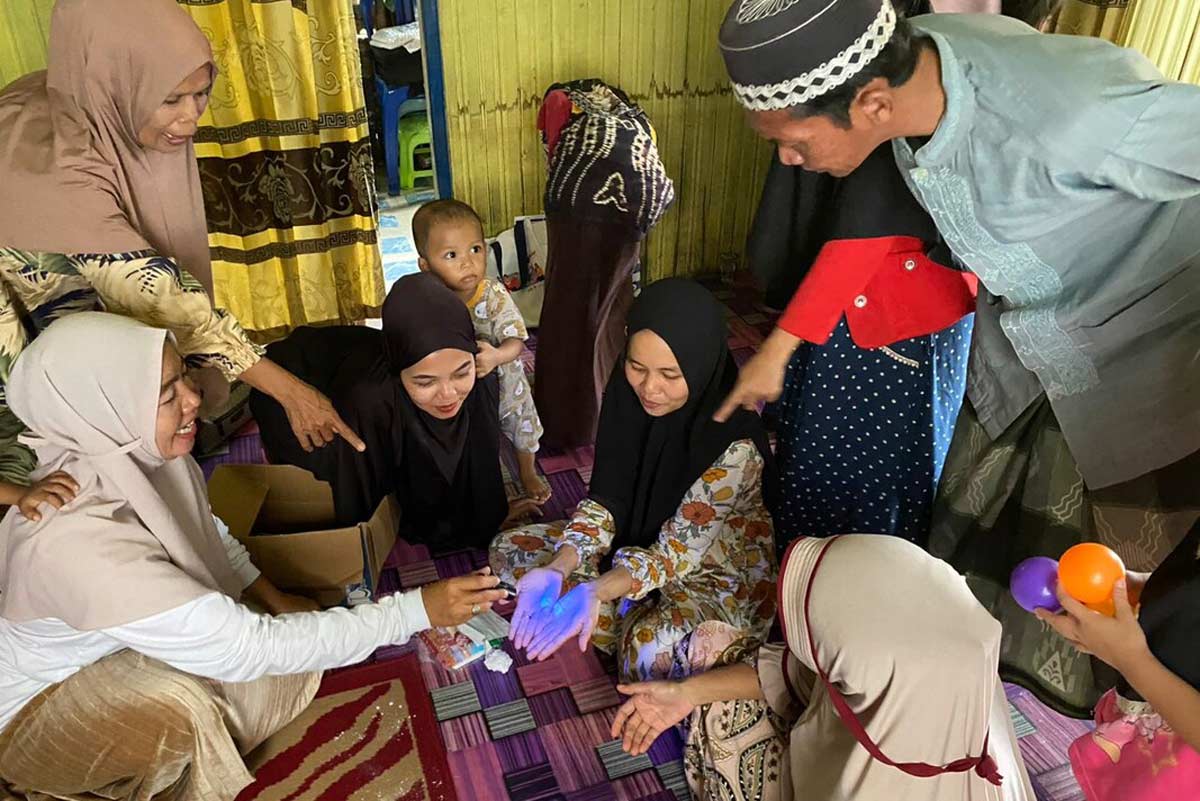How Gavi decides which vaccines to invest in
Every five years, Gavi, the Vaccine Alliance, conducts a detailed horizon scan to decide which new and under-used vaccines could most help the countries it supports. Here’s how the process works.
- 23 February 2024
- 5 min read
- by Gavi Staff
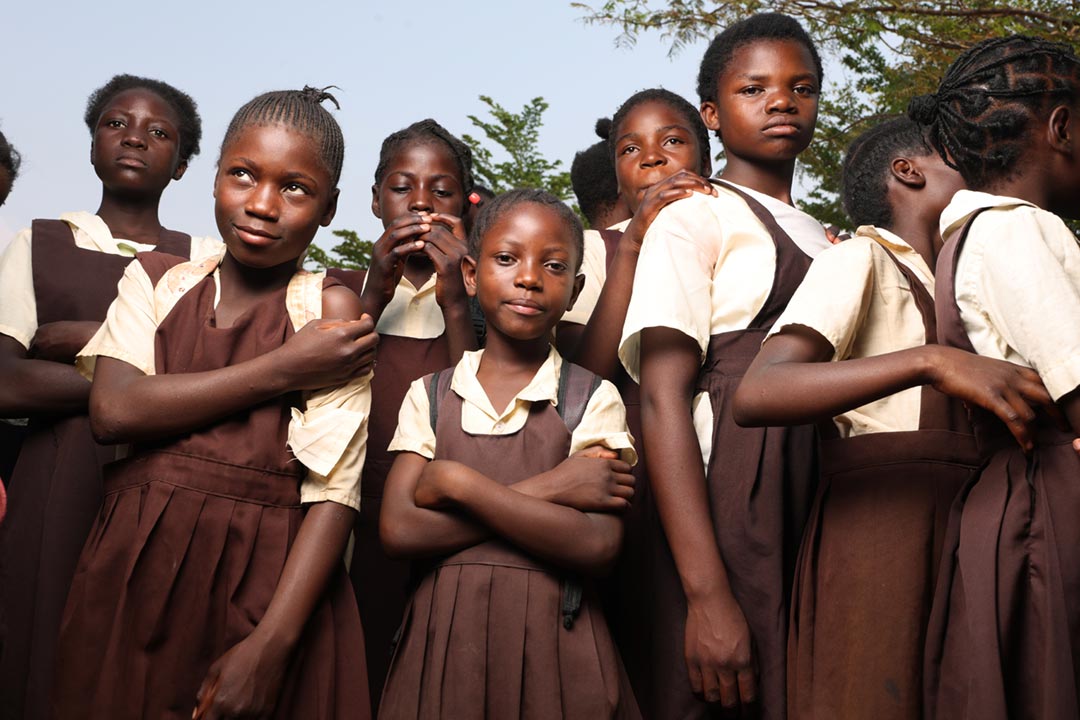
Improving access to new and underused vaccines in lower-income countries is why Gavi, the Vaccine Alliance was set up. Since its inception in the year 2000, Gavi has gone from providing support for vaccines against six infectious diseases to 19 in 2022, including newer vaccines like those that tackle malaria, HPV and Ebola. So how do its experts decide which vaccines to prioritise for introduction in the countries it supports?
The new strategy incorporates an assessment of the impact of proposed vaccines on antimicrobial resistance, and an assessment of how climate change could influence the geographical spread, incidence, frequency and severity of diseases.
In its latest insight paper, Gavi lifts the lid on how it assesses the full value of vaccines though its Vaccine Investment Strategy (VIS). Here are six key takeaways:
1. The value of vaccines is a broad thing to measure
Gavi's Vaccine Investment Strategy is designed to evaluate the full value of vaccines, from their impact on deaths and disease through to their social, economic and population health benefits. The process considers a wide range of factors, including the current burden of disease, what the best vaccination strategy would look like, which countries might want to implement such a programme, the impact, cost and feasibility of doing so, and how this compares to other potential immunisation investments and Gavi's current portfolio.
2. Multiple experts from around the world are consulted
In deciding which vaccines to prioritise, Gavi draws on the expertise of Alliance partners and a wide range of other experts. A steering committee, composed of independent experts with wide-raging technical or scientific knowledge, sifts through existing evidence for potential investments and supplies guidance on the methodology and process for evaluating them. Academics, WHO specialists and manufacturers are consulted on the specifics of different diseases, vaccines, manufacturing processes, pricing and delivery strategies, as well as the regulatory and policy status of the different vaccines.
Government representatives, programme managers, and Alliance partners within Gavi-eligible countries are also consulted about the priorities of participating countries, likely demand for the proposed vaccines and the feasibility of implementing such programmes, while civil society organisations and donors supply further data and insights, including levels of interest in funding new vaccines.
The final decision on investments is made by the Gavi Board.
3. It is a rigorous, transparent and evidence-based process
Potential vaccine investments are assessed using frameworks set up in advance, following clearly outlined methodologies to ensure a systematic and comprehensive evaluation of each vaccine. To ensure transparency, these evaluation frameworks are freely available on the Gavi website, as are papers that are presented to the Board at various points during the Vaccine Investment Strategy process.
Gavi also draws on reviews of existing research literature, consultations with academics and disease experts and modelling exercises to assess the potential impacts of vaccine products and vaccination strategies, to ensure that investments are independent, objective and maximise returns in lives saved, as well as social, health and economic benefits.
4. Evaluating vaccines takes time
The Vaccine Investment Strategy process takes 18 months, and involves three phases, each of which culminates with decisions made by the Gavi Board.
Phase 1 involves generating a longlist of potential vaccine investments, and an assessment of these products for use in routine immunisation and preventive campaigns, and outbreak response.
Phase 2 sees further quantitative and qualitative analysis of each vaccine, in consultation with academics, WHO and other experts. This evidence is fed into quantitative modelling run by academic groups to assess the potential impacts of vaccine investments and enable a comparison with those vaccines that Gavi already supports, to assess whether the potential impact is within the same range. Through this process, the longlist is narrowed down to a shortlist.
Phase 3 involves the development of detailed investment cases for each of the shortlisted candidates, to ensure that the Gavi Board is well equipped to make the final key decisions on which vaccines to support.
5. The vaccine landscape is becoming increasingly complex
Since Gavi was founded, many new vaccines have been developed, and Gavi has also widened its scope from its early focus on protecting infants though routine immunisation to also supporting vaccines for older children, adolescents and adults – including during outbreaks, epidemics and pandemics. The world is also changing, with new challenges coming to the fore.
To keep pace, the evaluation framework used during the latest Vaccine Investment Strategy has been updated in a number of important ways. The new strategy incorporates an assessment of the impact of proposed vaccines on antimicrobial resistance, and an assessment of how climate change could influence the geographical spread, incidence, frequency and severity of diseases for which new vaccine investments are proposed.
6. After the Board's decision there is plenty more work to be done
The decisions made by the Gavi Board may signal the end of the Vaccine Investment Strategy process, but there is still some way to go before new vaccines reach those they are intended to protect. There may or may not be a licensed vaccine available, and only once it has been recommended for use and prequalified by WHO can Gavi fund a vaccination programme.
The details of these programmes also need to be designed, and co-financing arrangements must be decided, outlining the costs that participating countries will be expected to pay and what added support Gavi or others can provide. Only at this point can countries begin applying for funding.
Read the full Background Paper on Gavi's Vaccine Investment Strategy (VIS) here: gavi.org/news-resources/knowledge-products/vaccine-investment-strategy-vis
More from Gavi Staff
Recommended for you

